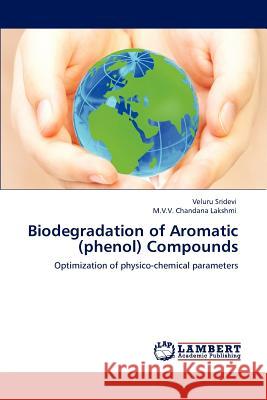Biodegradation of Aromatic (phenol) Compounds » książka
Biodegradation of Aromatic (phenol) Compounds
ISBN-13: 9783848431915 / Angielski / Miękka / 2012 / 308 str.
The environment, as a consequence of industrial and agricultural revolutions, tends to harden with potentially carcinogenic and mutagenic halogen-substituted aromatic compounds. Phenol and its higher molecular homologues are dangerous environmental pollutants. Due to their toxic character, these molecules tend to accumulate in water and soil after being discharged without an adequate treatment. Phenol concentration greater than 50 ppb are toxic to some form of aquatic life and indigestion of 1gm of phenol can be fatal in human beings. Biological tools are substituted in pollution abatement programs. This new technology has been loosely grouped together under the term "Bioremediation", a treatment process that uses microorganisms to breakdown, or degrade, hazardous substances into less toxic or non toxic substances. Process optimization plays a vital role in degradation in which even small improvements would be decisive for commercial sciences. Optimization studies involving, statistical methodologies are generally preferred due to their advantages and statistically designed experiments minimize the error in determining the effect of parameters in an economical manner.











